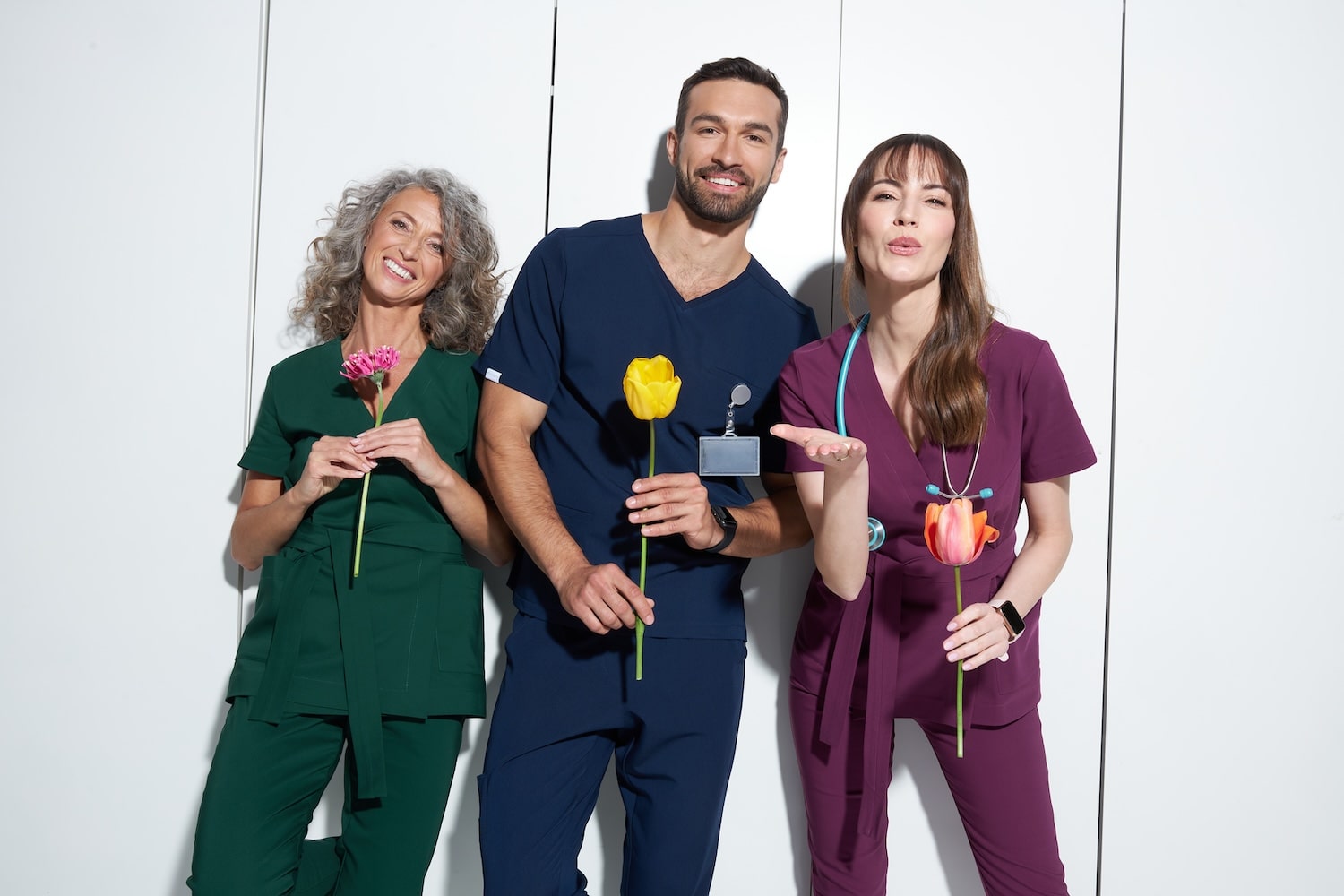
A young patient – a visit with a child. What to look out for?
Subtlety and empathy – the key to communication with a child
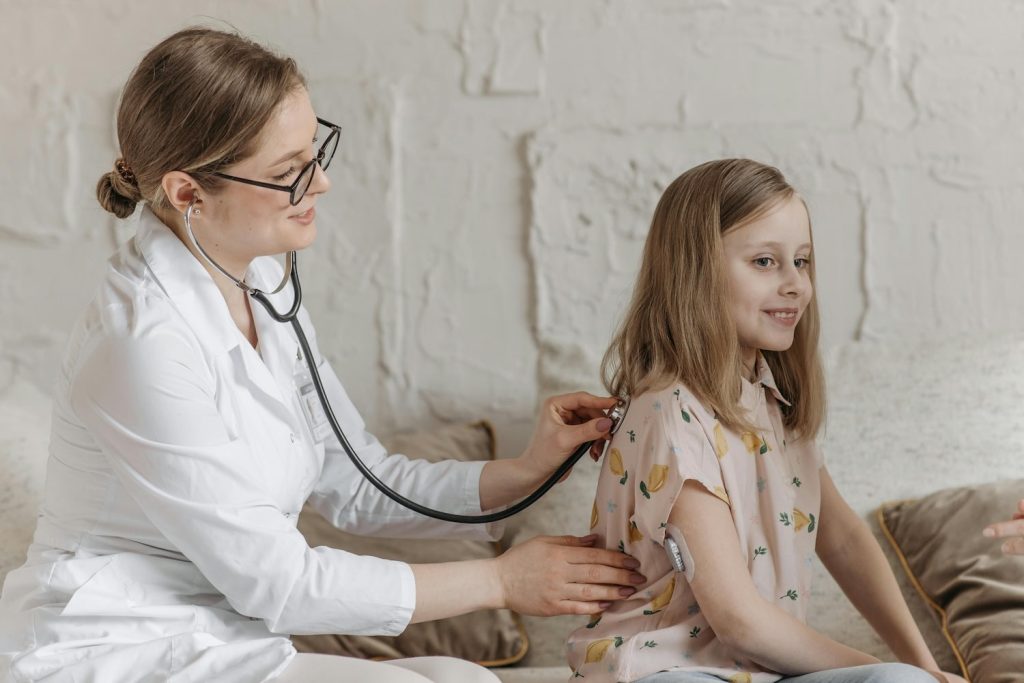
A visit to a medical office can be a stressful experience for a child, as it can involve fear, uncertainty and an unfamiliar environment.
Therefore, it is extremely important for the doctor/doctor to be able to establish a rapport with the toddler from the very first moments.
Subtlety and empathy in communication are key – it’s a good idea to start with small gestures, such as a smile or a friendly approach, which can ease tension and make the child feel more comfortable.
First impressions matter a great deal, so it is important for the doctor/doctor to show understanding and patience with any fears or anxieties the toddler may have.
Even the smallest gestures of kindness and caring can help build a sense of security and trust in a child, which will make the visit easier and the child more cooperative during examinations or medical procedures.
Remember that a friendly and empathetic approach from the doctor/physician can make the visit less stressful and more positive for the young patient.
Games and toys are a good idea to break the ice with a child?
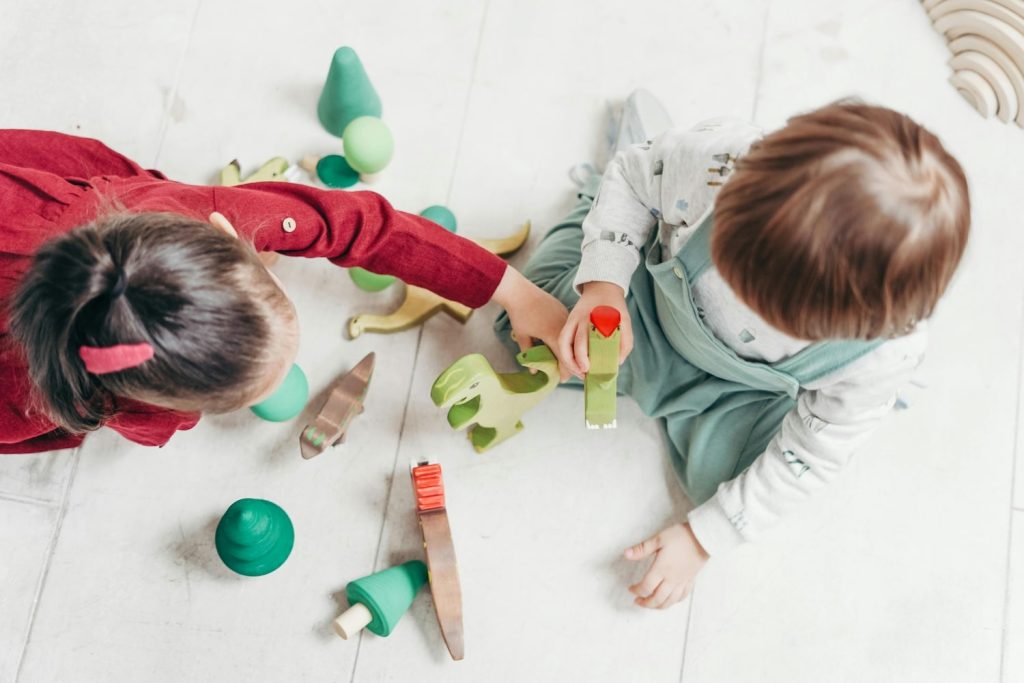
A great way to connect with a young patient can be to use toys, books or other accessories that can distract them and make them more cooperative.
A child may feel more comfortable when they have something to occupy themselves with while waiting for an appointment or during an examination.
Toys can also be a tool for building relationships between doctor/doctor and child, as joint activities can help create bonding and trust.
In addition, the doctor/doctor may encourage the toddler to participate in games or activities, which not only distracts the child from potential concerns, but also creates a friendly atmosphere in which the child feels more at ease and communicates his or her needs and concerns more openly.
Making sure the child feels understood and accepted, even in difficult situations, can help build positive relationships with medical staff and lay the foundation for further cooperation and treatment.
Psychological approach in building trust
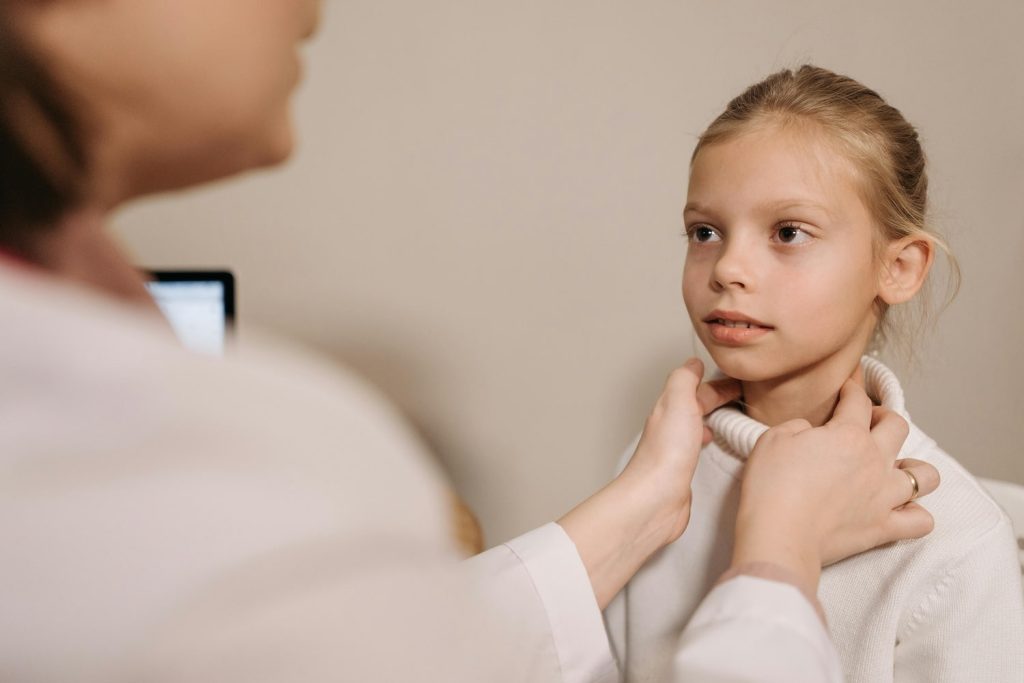
A psychological approach to a child in a medical office is vital for effective communication and building trust.
The doctor/doctor should/should show patience and understanding for any fears or anxiety the toddler may have, as accompanying a visit to the doctor can be a stressful experience for the child.
It is also important to build trust by explaining each step of the examination or procedure in a way that is accessible to the child.
The doctor/physician can use simple and understandable language, avoiding medical jargon, to help the child understand the situation and feel in control of what is happening.
In addition, it is a good idea to make the atmosphere in the office as friendly and positive as possible, which can help alleviate the child’s anxiety.
Sometimes even small gestures, such as a smile or a warm greeting, can make a child feel more comfortable and trust the doctor(s), making it easier to conduct the visit and perform tests or medical procedures effectively.
Medical clothing and the comfort of a small patient

Choosing the right medical clothing for medical personnel can have a significant impact on a child’s experience in the office.
Bright and pleasant colors, such as pastels or soft shades of green, blue or pink, can create an atmosphere of calm and friendliness.
The soft material, which is pleasant to the touch, provides extra comfort when interacting with the baby.
With carefully selected medical apparel, the doctor/physician can create a more welcoming and comfortable environment, which can help to more easily establish rapport and build trust with the young patient.
The image of the doctor/physician is also of considerable importance.
Professionalism, empathy and interest in the welfare of the child are key. Children often respond positively to doctors/physicians who can adapt to their needs and concerns.
Summary
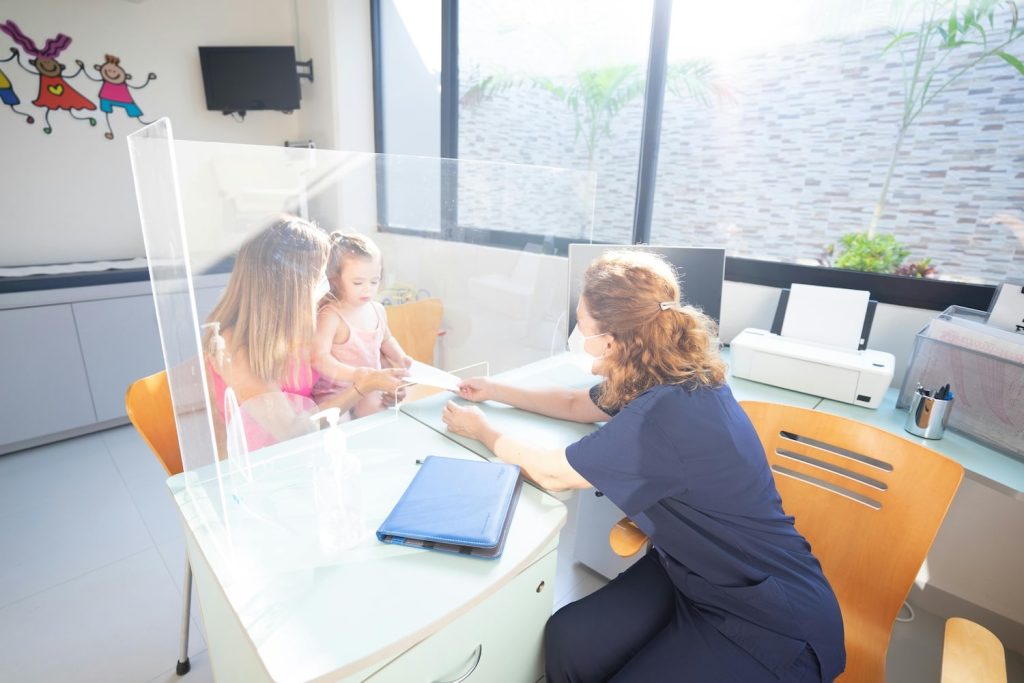
In conclusion, building trust with a young patient in the office requires patience, empathy, and the right approach on the part of both the doctor/physician and the choice of appropriate medical clothing.
Taking care of the child’s comfort and safety from the first moments can contribute to a more positive visit and further cooperation with the toddler and his family.
The MED&BEAUTY store offers high-quality medical apparel that not only meets the needs of medical professionals, but also helps build trust and create a positive atmosphere in the office.
Bright colors, soft material and friendly designs are key to a child’s comfort and can help establish a connection with the doctor/doctor.
By combining the right approach with aesthetically pleasing and comfortable medical garments, medical personnel can create an environment that fosters trust and makes a child feel safe in a difficult medical environment.


